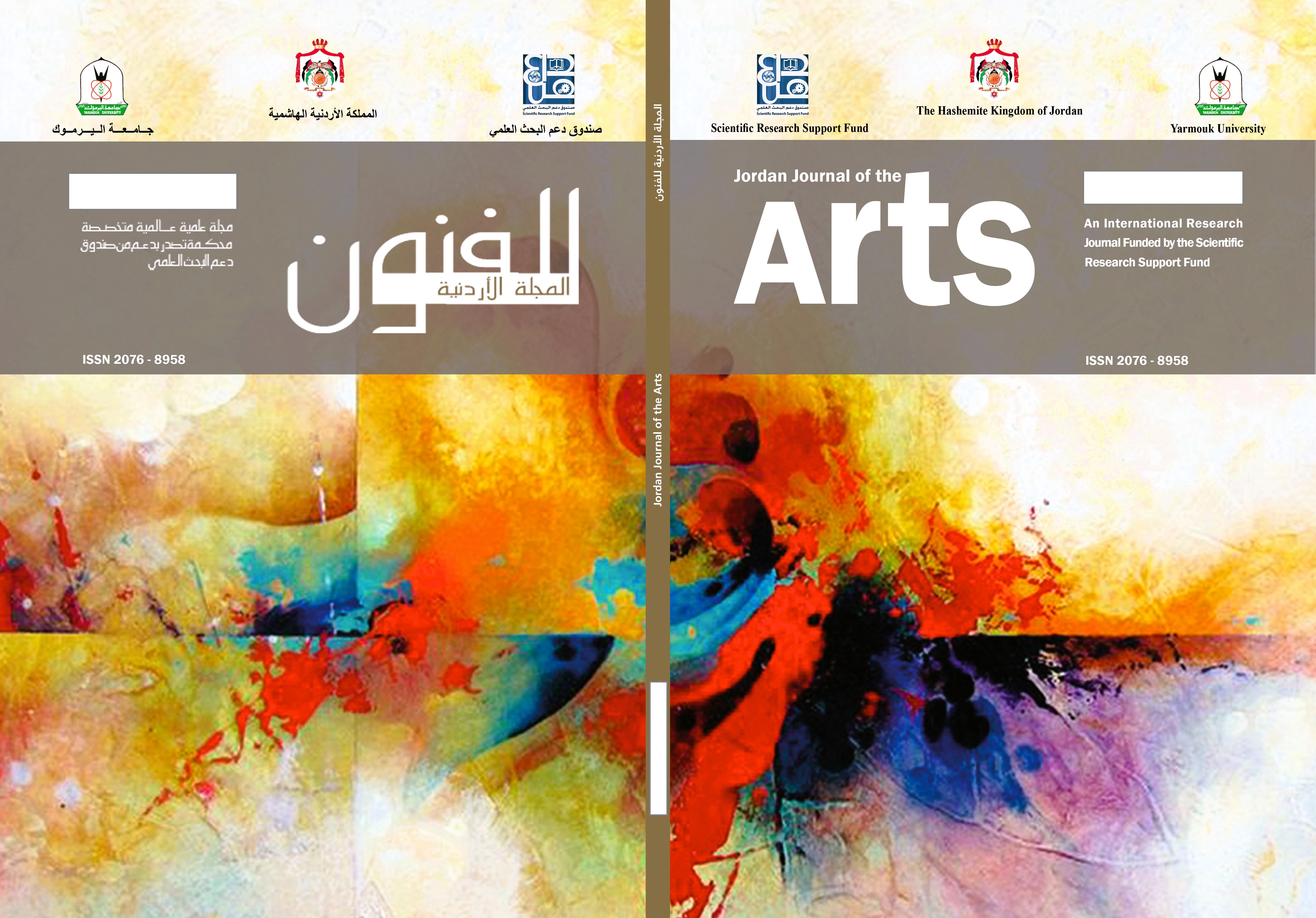Design analysis of the Rebab, folk instrument and living ancestor of the violin
Keywords:
Rebab, Violin, folk music, instrument design, Arabic CultureAbstract
This paper examines the design elements of the Rebab, specifically the box shape, concave sides design variants, and its connection to the design of the Violin. Researcher followed the descriptive analytical method and extracting semantics that serves the research objectives. The researchers concludes that this shape of Rebab has widespread role in folk music, especially in desert Bedouin communities in the Arabian Peninsula. There are also physical differences in the designs of the Rebab and the Violin. It is anticipated that the Rebab instrument is one of the predecessors of the Violin in terms of shape and method of playing with the bow. The Rebab has a primitive, rudimentary design that reflects its musical, cultural, and environmental contexts. The researchers conclude also that the box-shaped Rebab designs are acoustically flawed, but that is of negligible consequence given the instrument’s folk identity.


